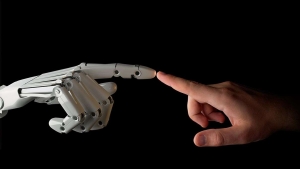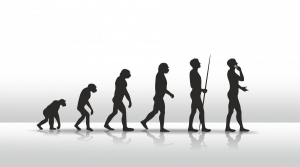Let’s open with a great quote from Harvard Business School Professor Clayton Christensen:
“You may hate gravity, but gravity doesn’t care. Substitute gravity with cloud computing, big data, mobility, or social.”
However you challenge and dispute it, technology-led change is happening all around us. I recognise how hard it is to adjust decades-old practices and how different these may be compared to traditional methods of marketing and communication, but it isn’t about to slow down or go back to how it used to be. The transformation is ongoing, it will lead us down its own path, and like many the job roles in future, we are not quite sure where it will end up, because a lot of it has yet to be invented.
But we must take note, and here is a quick story to make the point:
A Chinese consumer spends millions each year in Beijing and is recognised across the city for her taste in luxury goods, lifestyle and events. She flies to Europe on business, takes her morning exercise and whilst in her running gear, pops into a designer store (of which she is a top 5 customer back in Beijing). She is ignored because she is not recognised and she leaves, unhappy. This is not acceptable. Because of the customer service expectation that the likes of Amazon, Netflix and others have bestowed on us, we expect the shopping experience to be highly personalised.
Data is the new currency. People will gladly share their data but in exchange they want value (however your product or service might define it). You have to recognise every customer, regardless of where they are and when they move across the world, and provide them a unique experience utilising the new technology.
Think of the impact if you don’t.
 I read an insightful interview with an executive from a major player in hotels where he discussed the future of the industry and his organisation’s “moat.”
I read an insightful interview with an executive from a major player in hotels where he discussed the future of the industry and his organisation’s “moat.”



